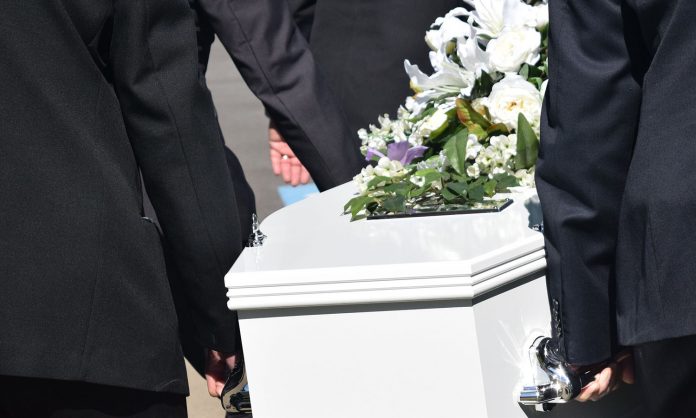
In the 1800s, before the widespread prevalence or affordability of life insurance, working class Britains often banded together into Burial Societies that would help with the cost of a funeral. Families joined by subscription, many of whom could not be convinced to subscribe to similar societies created for healthcare payments or child education. London alone featured about 100 Burial Clubs, with membership ranging from one hundred to eight hundred members.
Things weren’t all rosy, however. The schemes were usually initiated by an undertaker and tavern owner, who hosted the meetings, during which much drinking occurred. Everyone contributed the same monthly dues, regardless of age. In some cases, parents took out shares in multiple clubs for one child, and caused the death of the child to collect. While efforts were made to curb the practice of allowing multiple memberships and paying out sums in excess of the funeral costs, they were generally blocked by the undertakers, whose goal was to spend as much money on his own services as the family had coming. Even when the family objected, in most cases, the funds were spent on nonreturnable items, including the coffin, before an accounting was made.
Lots of good story grist here – a murder mystery centered on 19th century life insurance schemes, a revenge plot against an undertaker who took advantage of a grieving family, or something entirely different, playing solely off the name of the Burial Society. Besides the dead, what would require a neighborhood to bond together to bury? What happens next?











